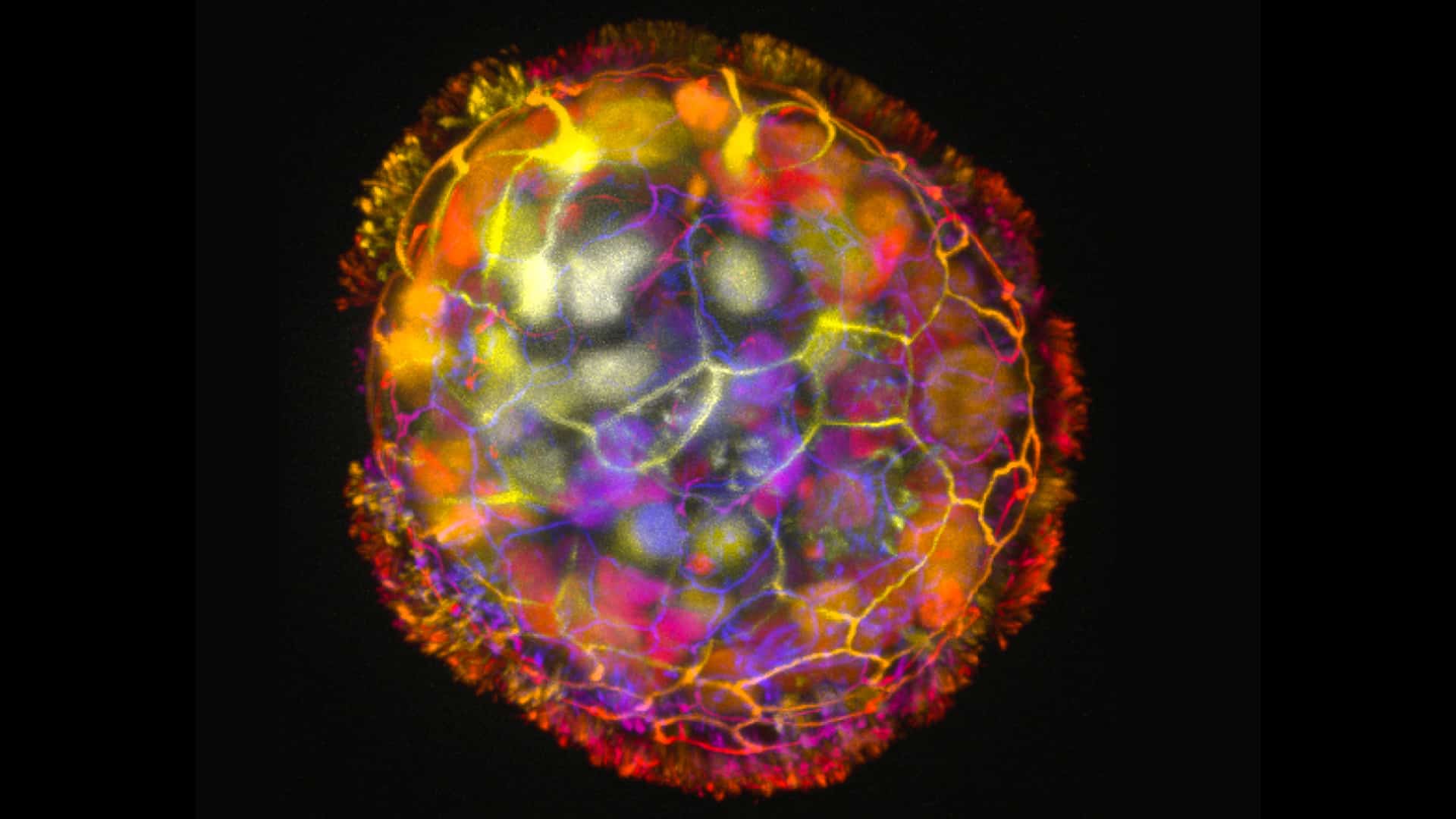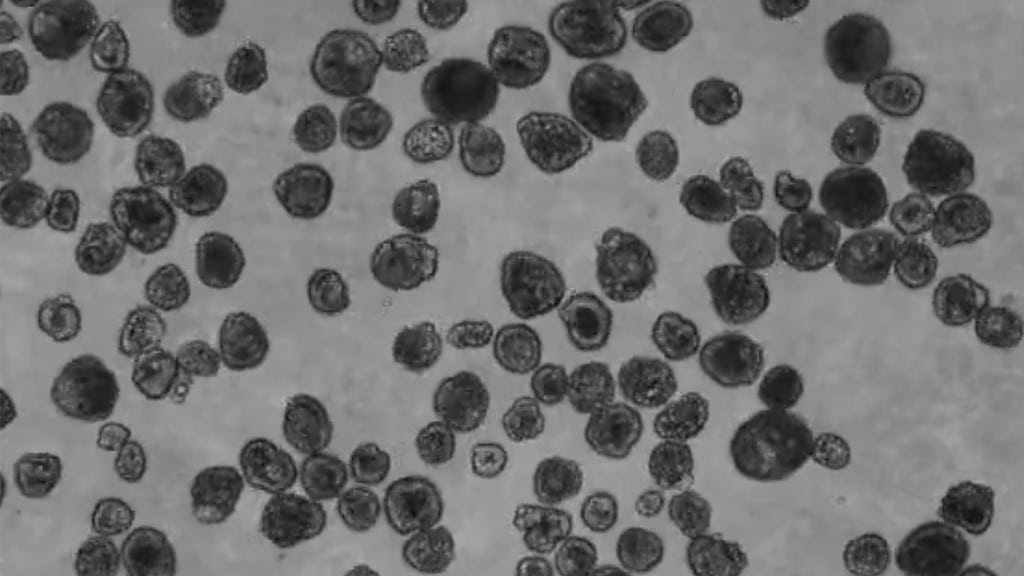You might have heard about robots made of metal, plastic, and soft elastomers but what if I tell you that your skin can also give rise to tiny robots? It’s hard to believe but a team of researchers from Tufts University has achieved this.

Using the skin cells from the surface of the human trachea (windpipe), researchers have created anthrobots, tiny moving robots that can be used for therapeutic purposes such as healing scars, repairing tissues, and treating diseases in various parts of the human body.
However, the biggest advantage of anthrobots is that, unlike other medical applications, they won’t be rejected or trigger an immune response in a patient during treatment because they are made of the patient’s own cells.
Moreover, during their study, the researchers found that these tiny robots also promote the growth of brain cells.
“This opens up a new area of exploration to find their hidden capabilities in a different context. For example, we would not have expected that tracheal skin cells constructed into Anthrobots could encourage the growth of neural tissue, but that is exactly what they did,” the researchers told ZME Science.
Making robots out of human cells
This isn’t the first time that scientists have developed robots using the cells of a living organism. In 2020, researchers from the University of Vermont turned frog embryo cells into drug-delivery robots called xenobots.
However, anthrobots are probably the first ever robots made from human cells. To make them, researchers first extracted tracheal cells from an adult and then transferred those into a special liquid medium containing nutrients and other chemicals.
This medium allowed the cells to take the shape the researchers desired. An interesting feature of the tracheal cells is that they naturally come covered with hairy structures called cilia.
Inside the human body, cilia are found on the tracheal tube surface and they act as a barrier, preventing any unwanted particles carried by the air from entering the lungs.
After some time, the cells in the culture started coming together and forming clusters similar to what is seen during the formation of organoids.
These clusters eventually took the shape of multicellular anthrobots of sizes ranging from 30 to 500 micrometers. These robots were also able to freely swim in the culture using their cilia.
When the researchers placed a damaged layer of neurons with the anthrobots in a lab dish. They noticed that the robots promoted the growth of neuronal tissues in regions where the layer had suffered damage.
No such tissue growth was observed in another dish that contained a damaged neuron layer but no anthrobots.
“It is fascinating and completely unexpected that normal patient tracheal cells, without modifying their DNA, can move on their own and encourage neuron growth across a region of damage,” Michael Levin, one of the study authors and a biology professor at Tufts University, said.
Surprisingly, even the researchers are unsure how anthrobots were able to induce healing in the damaged neurons. Hopefully, future studies will shed light on the underlying mechanism.
Can anthrobots go rogue?
Anthrobots can self-assemble and interact with other living cells. This gives them the ability to heal, repair, regenerate, and organize cells within the body.

But are anthrobots completely safe for human use and is there a possibility that they may go rogue during treatment? When asked these questions, the researchers responded:
“Anthrobots are inherently a very safe technology. Although they move about like tiny micro-organisms, they are more like tiny organoids, or clusters of cells that have the added capability of movement. They lack a critical component of a true microorganism in that they cannot replicate on their own,” the study authors told ZME Science.
Plus, they happen to have a limited lifespan and remain viable for only a few weeks. They are just collections of skin cells that cannot survive outside of the nutrient-rich environment provided in the lab.
“This makes them safer than most of the bioengineered bacteria and viruses commonly used and contained in laboratory research which are capable of replicating and surviving outside the lab,” the study authors added.
Moreover, these tiny robots are biodegradable. So, they will ultimately break down in the body to natural components after they have finished their task.
Anthrobots promise many, many benefits
The damaged neuronal layers experiment demonstrated only one of the many hidden talents of anthrobots, according to the researchers.
They claim that these biological bots could work as a remarkable therapeutic tool. In the future, they could be used to safely deliver drugs, heal damaged body parts, detect and kill cancer cells, and clear blockages in arteries.
They could also be employed to test drugs (without animals) and create engineered tissue in lab settings, which could then be transplanted into a patient.
“We have a positive moral responsibility to actively reduce human and animal suffering from pervasive biomedical problems and unmet health needs worldwide. This is a new tool with which to hopefully improve life for everyone,” the researchers said.
This study is published in the journal Advanced Science.









